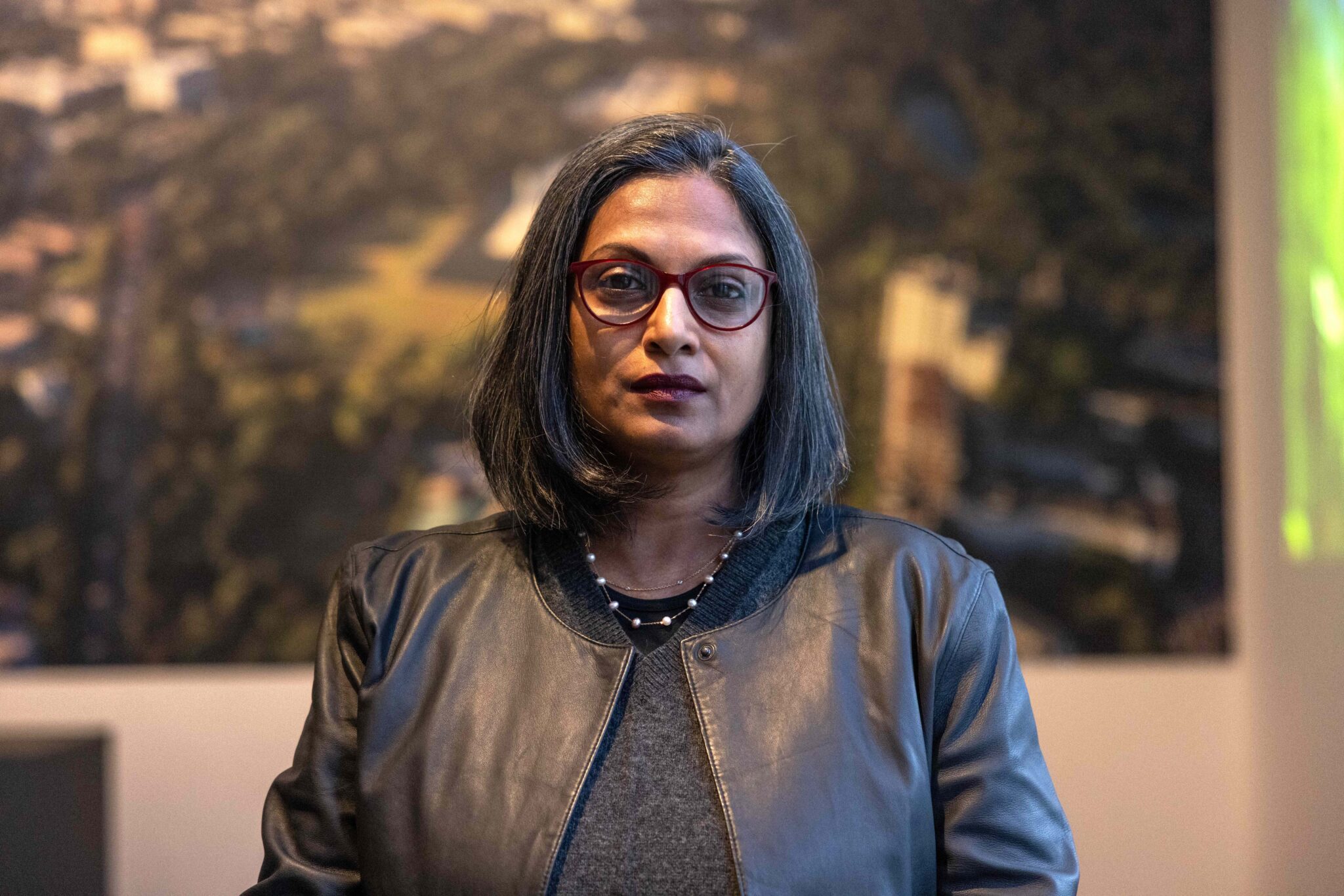Ecclesiastical highlights of the century, selected by the Twentieth Century Society
The Twentieth Century Society’s latest compendium – ‘100 Churches 100 Years’ – follows similar collections of ‘Houses’, ‘Buildings’ and ‘Architects’, produced to mark its centenary year. It celebrates the most extraordinary churches built in the UK since 1914.
Most are illustrated with one or two images, accompanied by a short but informative text. Alongside this are longer essays by architectural historians including Catherine Croft, Elain Harwood and Alan Powers, and overviews of the work of several architects who made a notable mark on church architecture, including Basil Spence, Gillespie Kidd & Coia, and Maguire & Murray (whose St Matthew church at Perry Beeches, Birmingham, is pictured above).
‘100 Churches, 100 Years’
Batsford, 208pp, £25
Ph: John East
St Nicholas, Burnage, Manchester, 1932
Welch, Cachemaille-Day and Lander
Described by Nikolaus Pevsner as ‘a milestone in the history of modern church architecture in England’, St Nicholas incorporates a raised Lady chapel above vestries in the apse, which protected the congregation from the noise of the trams on Kingsway.
Ph: Elain Harwood
St Faith, Lee-on-the-Solent, Hampshire, 1933
Seely and Paget
With external decoration drawn from vernacular interpretations of late Stuart brick architecture,internally St Faith features series of in-situ concrete catenary arches.
Ph: John East
Scargill Chapel, Kettlewell, North Yorkshire, 1961
George G Pace
Limestone chapel with a steep shingled cruck roof, reminiscent of – but distinct from – local field barns.
Ph: John East
St Columba, Glenrothes, Fife, 1961
Wheeler & Sproson (restored, Gray Marshall Associates, 2004–08)
The plan and profile of St Columba followed the centrally-planned example of the nearby Burntisland Parish Church, but its lightness contrasts with the weight of its sixteenth-century antecedent. It features freestanding steel tower and a lightweight square cupola with coloured glass and a copper roof.
Ph: John East
Abbey Church of Our Lady Help of Christians, Worth, Sussex, 1989
Francis Pollen
Belonging to the Dominican monastery and school at Worth, the church fuses modernism with Pollen’s Lutyens influences. Massive brick piers support a ring beam, with light spilling down a flared concrete funnel from a lantern into a regular space within.
Ph: John East
St Paul, Harringay, London, 1993
Peter Jenkins of Inskip & Jenkins
St Paul replaced a Victorian Gothic church destroyed by fire. Smaller than its predecessor, it gains prominence from a tall equilateral triangular roof, constructed in steel and clad with zinc. Sculptor Stephen Cox designed the altar, carved from Egyptian porphyry, a travertine reredos, the font and stations of the cross.





















